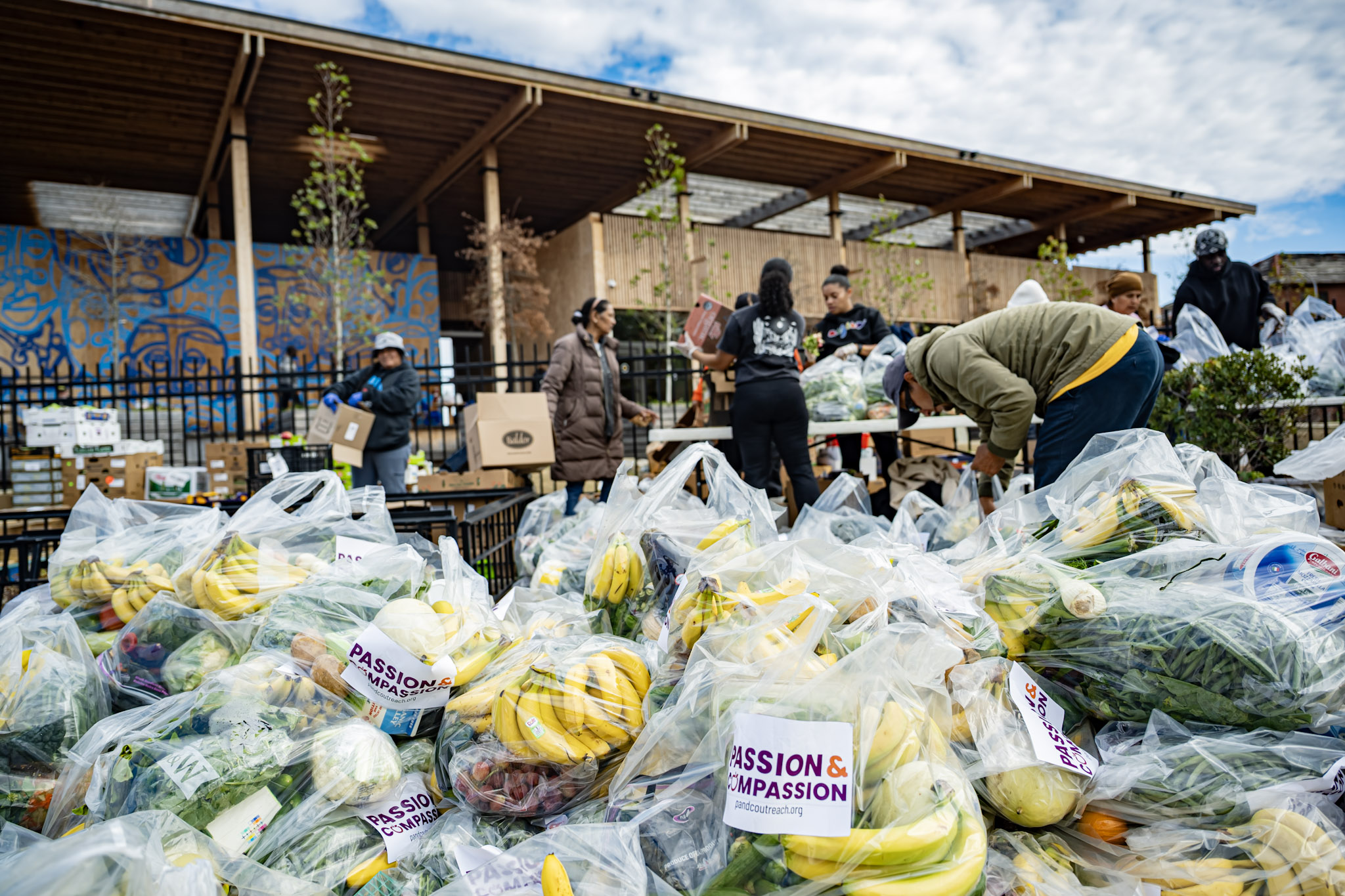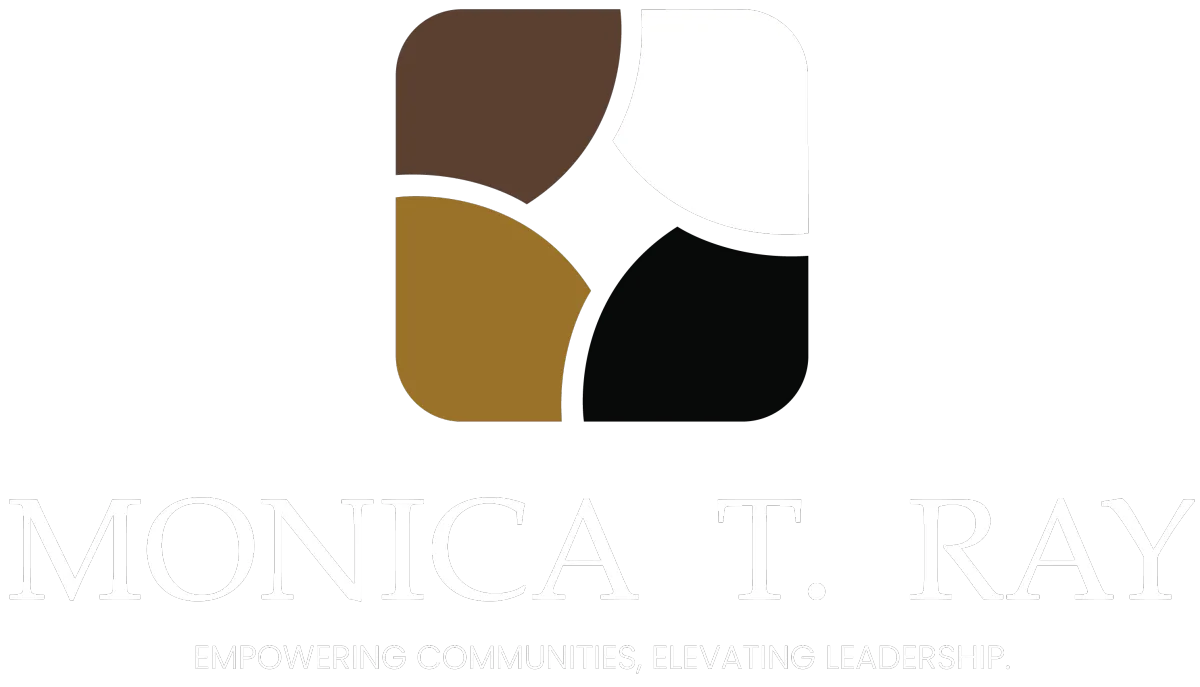
POWER OF POTENTIAL
POWER OF POTENTIAL
A Week in the Life of a Community Developer: Accountability, Equity & the Future We’re Building in Congress Heights
Some weeks in this work feel ordinary. Others remind you exactly why you do it.
This past week was the latter — a full immersion into the promise, pressure, and possibility of community development in Washington, DC.
It was a week that took me from City Hall to gala ballrooms, from economic development strategy sessions to a small-business marketplace built by the people, for the people.
And yes — if you look closely in the photos, I’m wearing construction boots with my suit coat because that’s exactly what this work requires: moving seamlessly between the policy rooms and the places where community transformation is actually happening.
At the DC Council: Naming the Million Cuts Holding Back Equitable Development
I started the week at the DC Council alongside three minority-led development teams advancing critical projects on the historic St. Elizabeths campus — projects rooted not in speculation, but in lived experience, legacy, and love for the community.
I commended Mayor Muriel Bowser for intentionally creating opportunities where community-rooted and minority developers can lead. That matters. Representation in brick and mortar matters. Ownership matters. But the hearing also surfaced a painful truth:
Affordable housing and neighborhood development in Washington, DC are being slowly strangled by “a million policy cuts.”
No one policy is fatal. But together, they create a labyrinth that even the most experienced development teams struggle to navigate — rigid zoning, slow processes, outdated requirements, siloed authority, and inconsistent interpretation.
And then there is the deeper layer:
The Accountability Gap We Don’t Want to Talk About
Accountability cannot sit solely on the shoulders of agencies or developers — though both must be held responsible.
There is also a growing culture of lax accountability within our communities that is weakening the very neighborhoods people are fighting to improve.
• Residents and small business owners unable or unwilling to meet rental obligations.
• Retail corridors gutted by extraordinary levels of theft — often backed by policies that unintentionally encourage it.
• Small businesses, many Black- or immigrant-owned, operating on razor-thin margins that theft or vandalism instantly destabilizes.
• Agency oversight that is inconsistent, slow, or fragmented depending on who is asking.
This is not compassion.
This is chaos.
And chaos harms the communities already carrying the heaviest burdens.
To build thriving, dignified neighborhoods, everyone — agencies, residents, retailers, developers — must participate in a shared accountability culture.
At the Whitman-Walker Gala: Health Equity Is Economic Development

Midweek, I attended the Whitman-Walker Gala, where the focus on health equity spoke directly to the root of our city’s long-term challenges.
Health is not separate from development — it is foundational to it.
You cannot build strong neighborhoods on fragile health systems.
You cannot grow a workforce from communities without access to consistent, affirming care.
You cannot achieve stability when entire zip codes carry disproportionate trauma.
Whitman-Walker continues to model what it means to serve with dignity, especially east of the river. Their work is a reminder that wellbeing, safety, and economic mobility are inseparable.
At Sycamore & Oak with HR&A: Vision Meets Reality

Later in the week, I welcomed HR&A Advisors to Sycamore & Oak - our thriving, culturally anchored business village on the St. Elizabeths campus.
We walked the campus, talked with entrepreneurs, and explored how the next phase of redevelopment can better reflect real-time economic conditions, community needs, and capital-market realities.
And here’s where the conversation turned toward the future, raised as a question for me — “What policies and suggestions would you prioritize and what DC must do differently if we truly want inclusive, community-led development?” Here’s my answer -
The following 10 Calls to Action to build a future-ready, equity centered development framework were woven throughout my conversations this week — at Council, with HR&A, and with community voices who know firsthand the stakes of every decision.
Build Adaptive Capacity Into Plans
We need flexible zoning, use bands, and form-based codes that allow development to shift as community needs and markets shift — not rigid land-use categories frozen in time.
Require “Market Evolution Scenarios” in All Master Plans
Plans must model multiple economic futures — optimistic, moderate, constrained, and disruptive — and stress-test financing accordingly.
Embed Community Wealth & Local Ownership From Day One
CLTs, shared equity, long-term community ground leases, culturally relevant retail, and local business incubation must be baked into the foundation — not added later.
Require Phasing Plans With Density Escalation Capacity
Early-phase density caps suppress long-term potential. We need minimum density floors, TDRs, and parcels reserved for future intensification.
Bring Developers in Early & Community in Always
Real developers with real pro formas must be at the table from the beginning — alongside standing community advisory boards that remain through build-out.
Implement Continuous Revision Cycles (Not Static Plans)
Every major plan should be refreshed on a three-year cycle with updated market, demographic, environmental, and infrastructure data.
Tie Land Use to Workforce & Economic Mobility
Talent pipelines, apprenticeships, and on-site entrepreneurial pathways should guide the kinds of commercial uses we zone for — because jobs and land use are connected.
Center Transit & Street Activation
Transit-rich areas must support density, active ground floors, and vibrant community corridors that create real economic energy.
Use Climate Resilience to Enable — Not Constrain — Density
District energy, green infrastructure, and heat island mitigation expand development capacity and environmental stability simultaneously.
Require Economic Equity & Anti-Displacement Models
Every major development must model displacement risks and build in long-term protections for small businesses, cultural assets, and residents.
Why This Week Matters
Community development is not just development.
It is justice work.
It is health work.
It is wealth work.
It is cultural work.
It is long-game work.
It requires showing up — in boardrooms, in Council chambers, in development meetings, on sidewalks, in retail villages, and on construction sites.
It requires wearing both a suit coat and construction boots — sometimes in the same afternoon.
This week reminded me of this truth:
If we get policy right, we can build a city where:
• minority developers thrive,
• small businesses thrive,
• residents benefit from investment,
• health and wealth are within reach,
• and equity becomes the expectation — not the exception.
That is the future we are building in Congress Heights.
That is the future the Power of Potential demands.
And that is the future Washington, DC deserves.
Monica Ray

